The golden sheen of mooncake glaze has captivated pastry lovers for centuries, yet few appreciate the scientific marvel hidden within that glossy surface. At the heart of this culinary alchemy lies inverted sugar syrup – an unassuming ingredient that holds the key to preventing crystalline catastrophes in traditional Chinese pastries. This viscous liquid performs a quiet revolution in dessert chemistry, transforming the very nature of sweetness while safeguarding texture.
Inverted sugar syrup derives its name from the optical rotation phenomenon observed during its creation. Ordinary sucrose solutions rotate polarized light to the right, but after inversion, the mixture rotates light to the left – a telltale sign of molecular transformation. This inversion process, achieved through acid hydrolysis or enzymatic action, breaks sucrose into its simpler components: glucose and fructose. The resulting syrup behaves fundamentally differently from its parent sugar, acquiring properties that make it indispensable in mooncake production.
The anti-crystallization magic stems from the syrup's altered molecular composition. Sucrose crystals form orderly lattices when undisturbed, but the glucose-fructose duo disrupts this architectural precision. Fructose's higgledy-piggledy molecular shape acts as a physical barrier, while glucose's hygroscopic nature keeps water molecules occupied. Together, they create a molecular traffic jam that prevents sucrose molecules from organizing into crystalline structures. This explains why mooncakes maintain their smooth fillings rather than developing gritty sugar deposits over time.
Temperature control during syrup preparation proves critical to achieving optimal inversion. Artisans traditionally simmer the mixture between 110-116°C, a range that ensures sufficient sucrose breakdown without excessive caramelization. The Maillard reaction – that complex network of chemical processes responsible for browning – begins competing with inversion above this threshold. Master confectioners recognize the perfect endpoint not by thermometer alone, but by observing the syrup's viscosity as it drips from a spoon, forming a resilient thread that doesn't immediately break.
The syrup's acidity, often adjusted with lemon juice or cream of tartar, serves dual purposes. Beyond catalyzing sucrose inversion, it creates an environment hostile to microbial growth. This natural preservation allows mooncakes to withstand shelf lives that would doom lesser pastries. Interestingly, the acid also influences flavor development, balancing the syrup's sweetness with subtle tart notes that enhance rather than overwhelm the palate.
Modern food science has revealed another dimension to inverted syrup's superiority: its water activity modulation. The split sucrose molecules bind water more effectively than their parent compound, creating a microenvironment where moisture remains evenly distributed. This explains why mooncake fillings stay supple instead of drying out or becoming soggy – the syrup regulates water migration between components with the precision of a chemical engineer.
Commercial producers have developed sophisticated variations on the traditional recipe, employing enzymes like invertase to achieve near-total sucrose conversion. These industrial processes allow precise control over the glucose-fructose ratio, enabling customization for different pastry applications. Yet many mooncake artisans still swear by slower, traditional methods, believing the subtle flavor complexities developed over extended cooking times contribute to superior end products.
The syrup's role extends beyond texture preservation. During baking, its reducing sugars participate in caramelization and Maillard reactions, developing the characteristic golden-brown crust that signals a properly baked mooncake. This coloration occurs at lower temperatures than with sucrose alone, protecting delicate fillings from overheating. The chemistry of browning also generates new flavor compounds that add depth to the pastry's profile.
Storage conditions reveal another facet of inverted syrup's brilliance. Unlike sucrose-rich fillings that bloom with sugar crystals over time, inverted syrup formulations maintain consistency. The syrup's humectant properties – its ability to retain moisture – prevent the filling from hardening, while its crystallization interference ensures textural integrity. This explains why properly made mooncakes actually improve with brief aging, as flavors meld without textural degradation.
Nutritionally, inverted syrup presents a paradox. While its glycemic index exceeds that of sucrose due to free fructose, its intense sweetness allows for reduced total sugar content in recipes. Contemporary mooncake makers exploit this property to create lighter versions of traditional treats. The syrup's enhanced solubility also facilitates incorporation of alternative sweeteners, supporting innovation in diabetic-friendly formulations.
From imperial kitchens to modern factories, inverted sugar syrup has quietly revolutionized Chinese pastry through basic chemistry principles. Its ability to outwit crystallization while enhancing flavor and texture exemplifies how culinary tradition and scientific understanding can create enduring perfection. As mooncake varieties multiply in contemporary bakeries, this ancient syrup continues to provide the chemical foundation for innovation, proving that some traditions grow more valuable with scientific understanding rather than less.
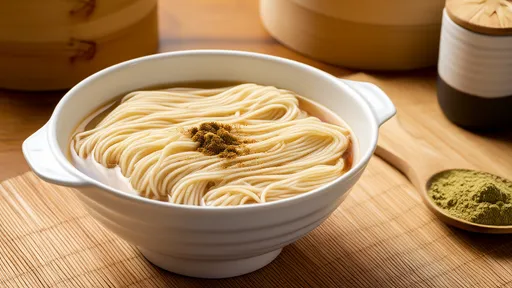
By /Jul 24, 2025
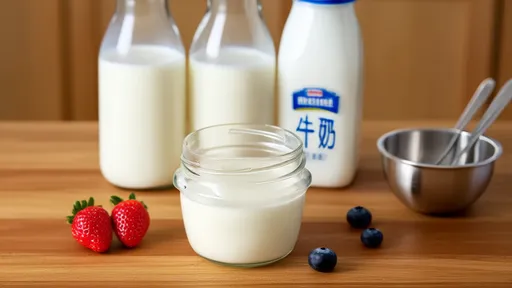
By /Jul 24, 2025
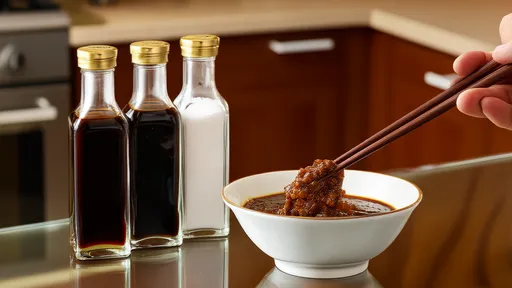
By /Jul 24, 2025

By /Jul 24, 2025
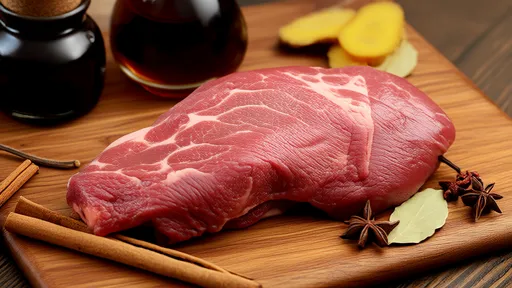
By /Jul 24, 2025
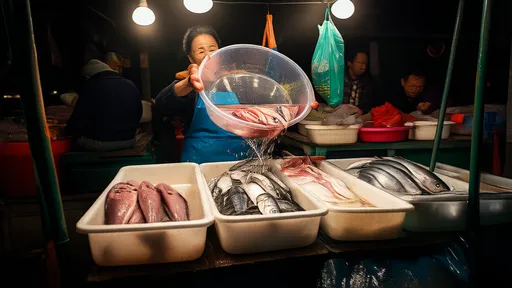
By /Jul 24, 2025

By /Jul 24, 2025
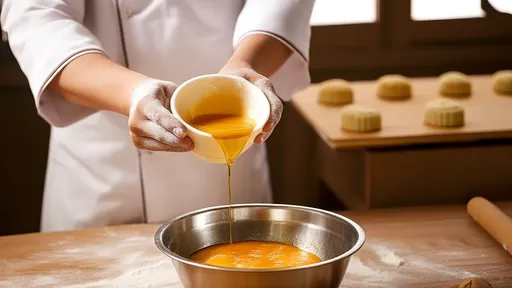
By /Jul 24, 2025
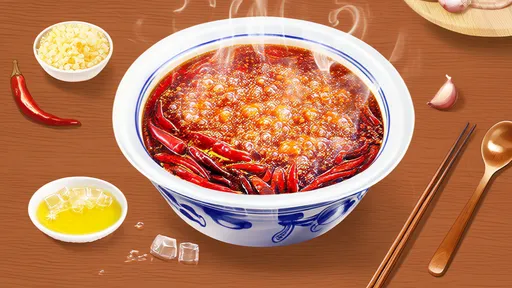
By /Jul 24, 2025
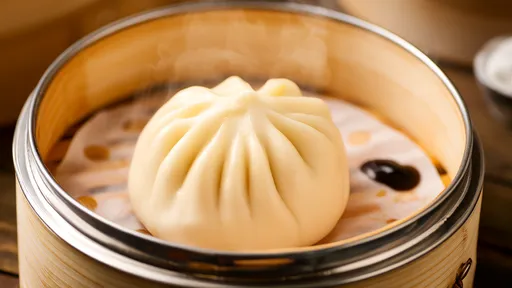
By /Jul 24, 2025

By /Jul 24, 2025

By /Jul 24, 2025
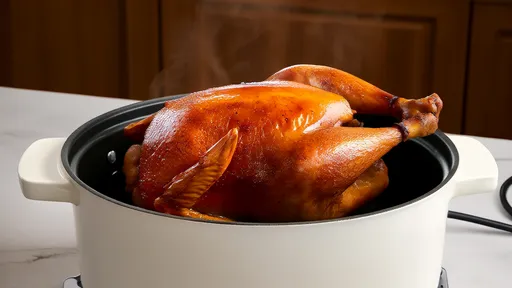
By /Jul 24, 2025
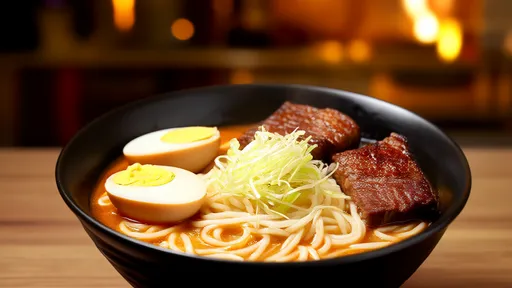
By /Jul 24, 2025
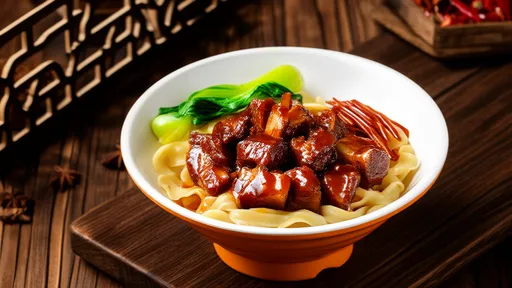
By /Jul 24, 2025
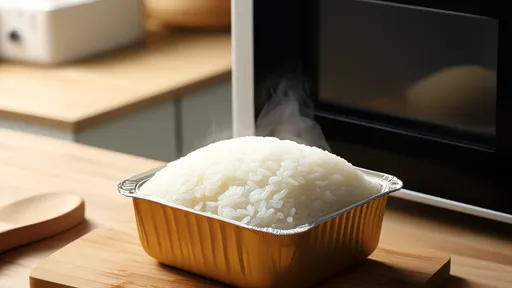
By /Jul 24, 2025
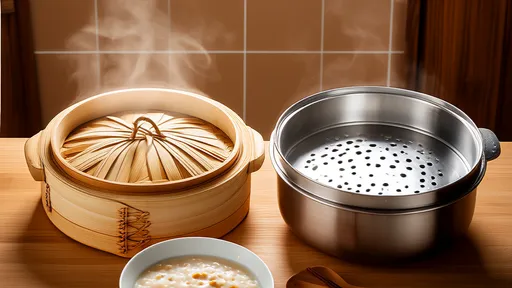
By /Jul 24, 2025
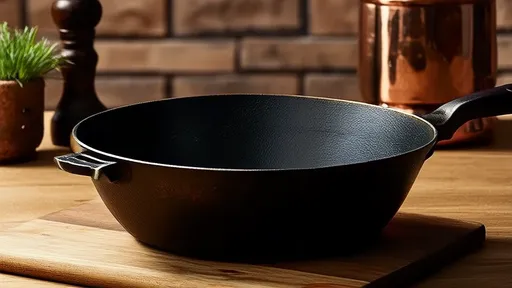
By /Jul 24, 2025